Automatic watches killed hand-winding ones. Netflix killed video rentals. Spotify killed CD shops. Smartphones killed camera photography. And AI might kill us all.
This is the grumbling, nostalgic, middle-aged critique of technological advances you often hear. And I must admit, I’ve indulged in it myself.
But look deeper at these changes, and another picture emerges. On how to get tech innovations to work for you, instead of the corporations.
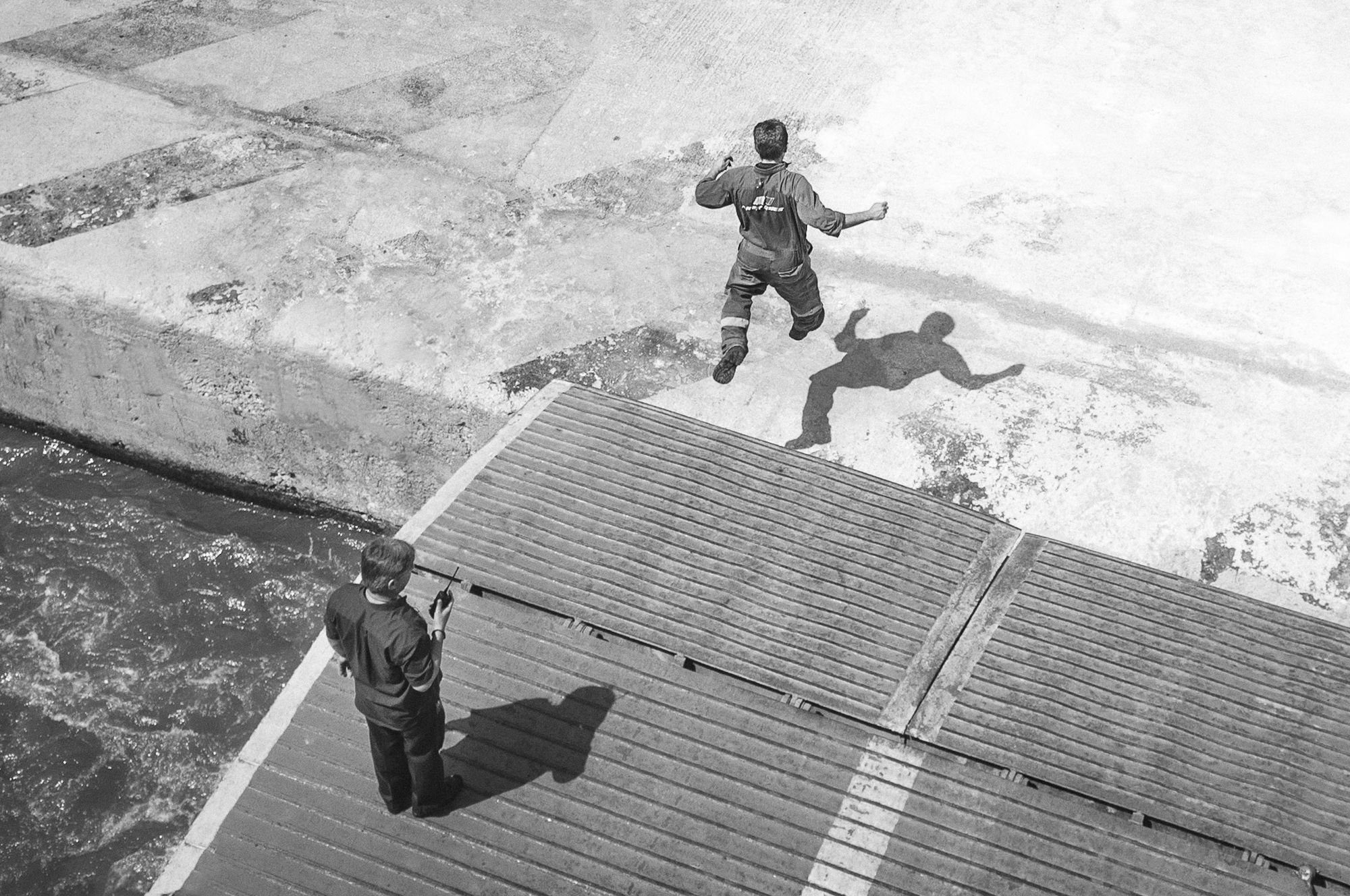
A tale of two viewfinders
To illustrate this, here's an example using camera photography (which is a passion of mine and despite smartphones, isn’t actually dead). Or more specifically, viewfinders.
The viewfinder is the part of the camera you look through. There are two types: optical and electronic.
An optical viewfinder is a dumb piece of glass. Through it, you see the world in front of you, and decide when to take the photo. The first cameras had optical viewfinders, and many models today still do.
The electronic viewfinder came about much more recently. This is a tiny, digital screen. It shows you exactly how the photo you haven't yet taken will look. Exposure, focus, colour… an electronic viewfinder displays it all. For photographers of any skill level, it's much more convenient.
That convenience is largely why optical viewfinders are on the way out.
The soft stuff always loses
But with this shift away from optical, something important is getting lost. Not tech specs, not functionality – all that is better with an electronic viewfinder. But the soft stuff that goes into making a photo. The human element. The things that can transform a good shot into a great one.
First, because you’re just looking through glass with an optical viewfinder, you're connected to the scene you’re about to shoot. This means you’ll instinctively feel when to take the photo, in a way that you won't from a digital screen.
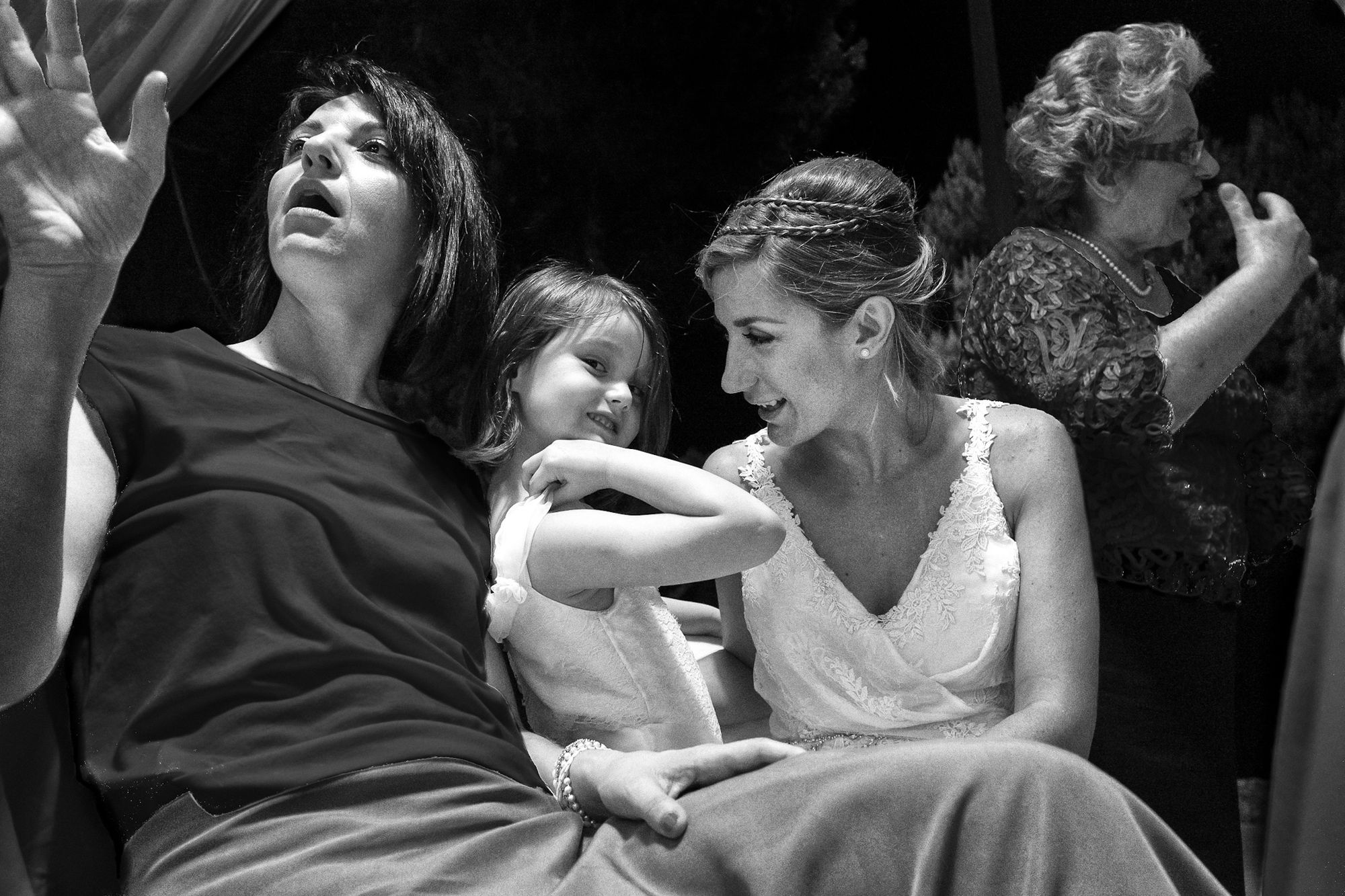
Second, with an optical you need to use your brain to 'preview' how the resulting photo could look. Even for experienced photographers, this is partly guesswork, so it keeps your camera skills sharp. But more importantly, it allows for experimentation. For surprise.
All that is lost with an electronic. You saw the photo in the viewfinder, you hit the shutter, you got what you saw. Like a helicopter parent, it never wants you to have a happy accident.
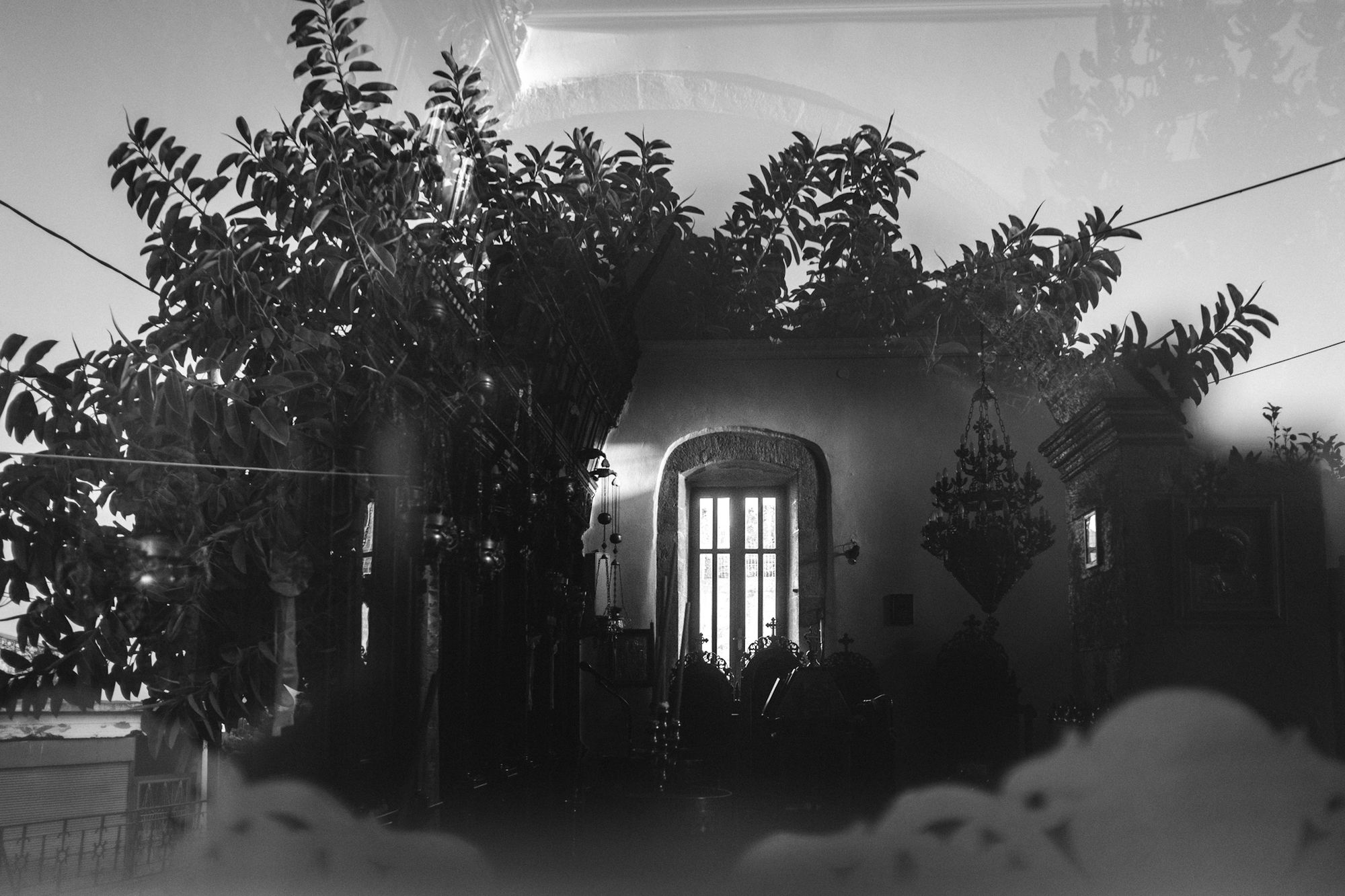
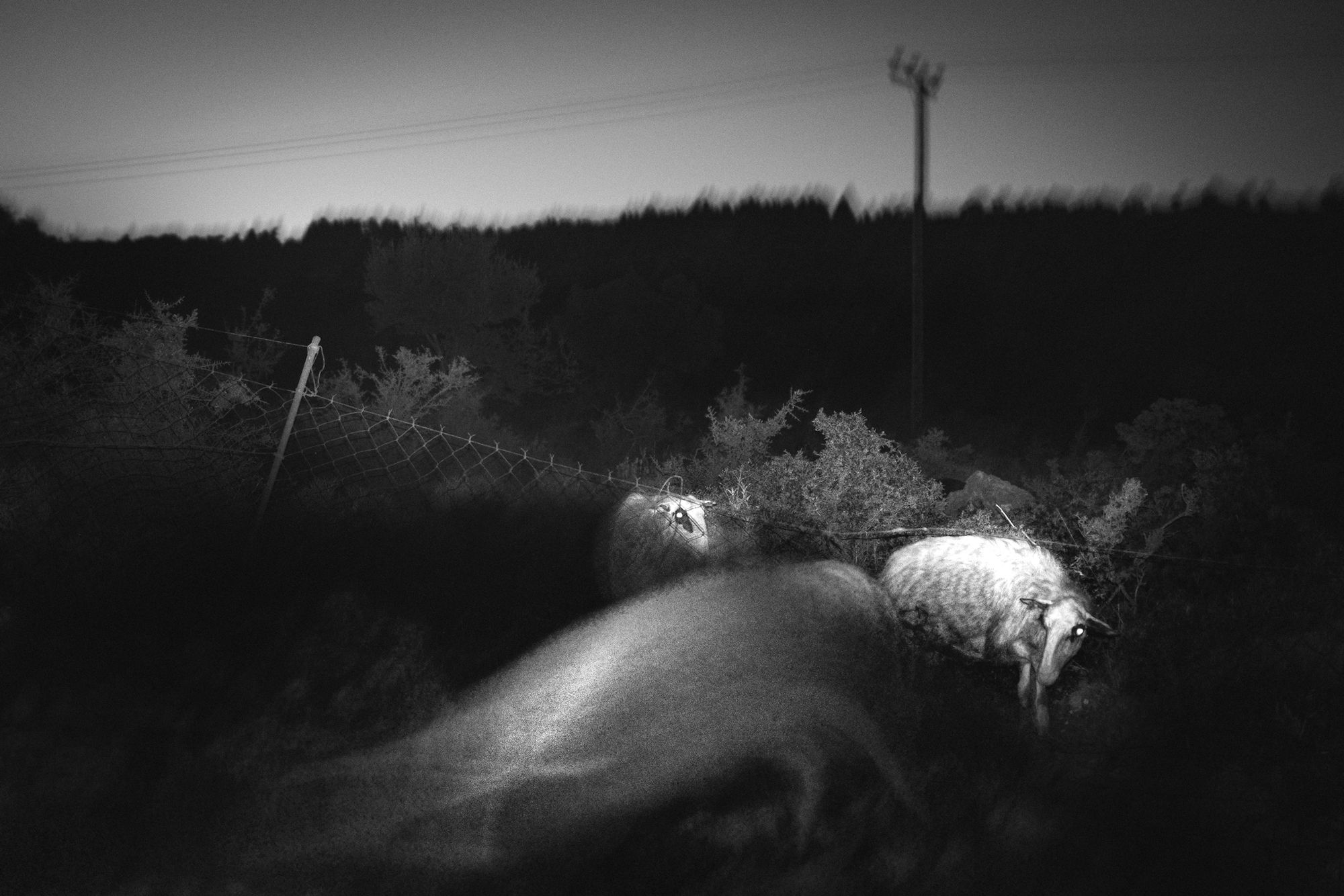
Two photos created by happy accidents – technical screwups that in the end make for better images. The reflection in the window I was pressing against on the left; I dialled in a too-slow shutter speed on the right.
The C-word
I’m going on about viewfinders because there’s a metaphor in there for how humans adopt new technology.
Whether it's about cars or TV or smartphones or ChatGPT, all these shifts are driven by the C-word: convenience.
And though you never hear about it when these shiny new offerings come to market, something vital always gets lost.
Play any song you like, but explore no more the hidden gems on an album or a B-side. Work from anywhere, but do without the human interaction and the endless possibilities that come with it. Follow every news event, all at once... but know less.
Go your own way
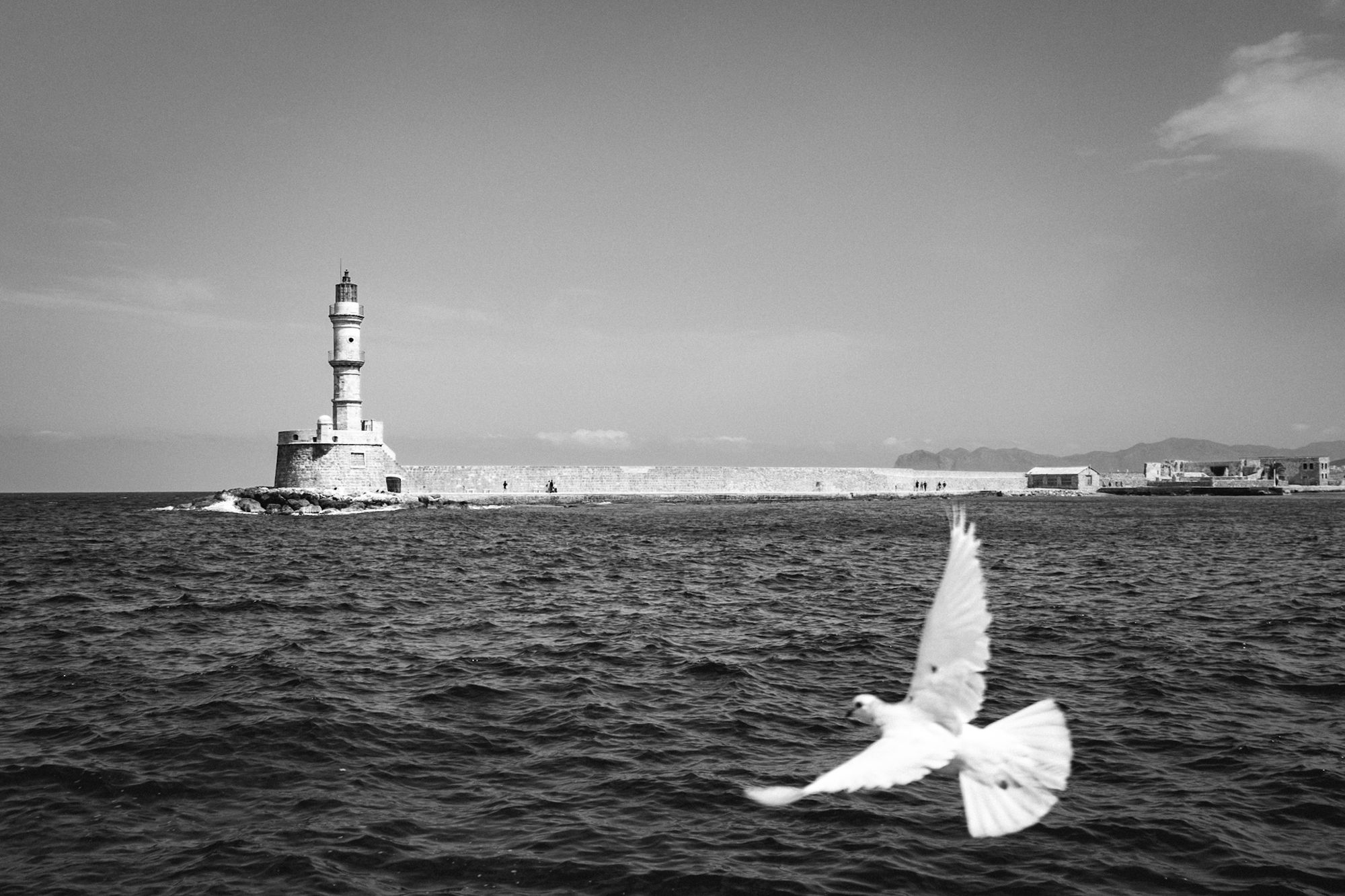
It's hard to push against these changes because the market has decided and the forces are strong. (Corporations spend billions in advertising and R&D to keep things that way. And then the network effect does the rest.) The answer isn't to be a luddite or a purist, which seems like a path to frustration and further isolation.
But there are steps you can take to get the soft stuff back. To regain some creativity and control, while still embracing what new technologies enable you to do.
Whenever there's a step change in consumer tech, pay attention to what’s lost. Linger on it. And if you find it had value to you, work out how to exploit the new technology and incorporate elements of what got left behind.
Rework how you use your smartphone and social media to make offline interaction easier. Print articles to boost your knowledge retention. Listen to full albums on Spotify instead of what it recommends. Use a camera with both optical and electronic viewfinders, and switch between them.
Pushing back against convenience is more work. It'll create friction; require more time, energy and money. It's not for everyone.
But there’s something delightfully subversive in not going where corporations want you to go, while taking the best of what they offer. And as with the viewfinder story, there's a competitive advantage in doing so, too.


